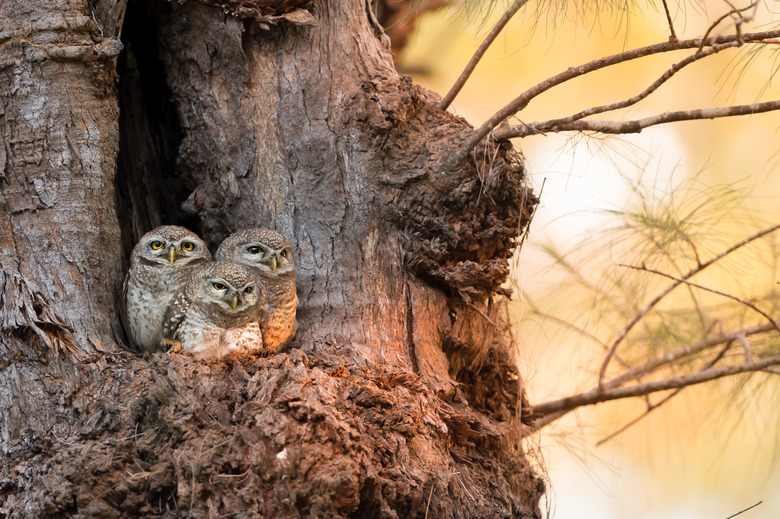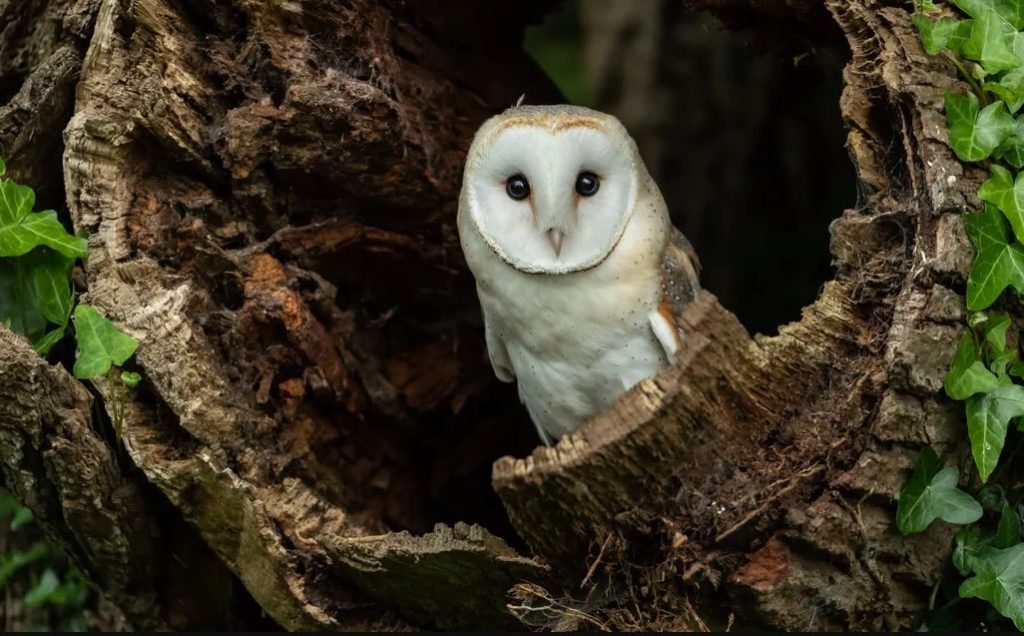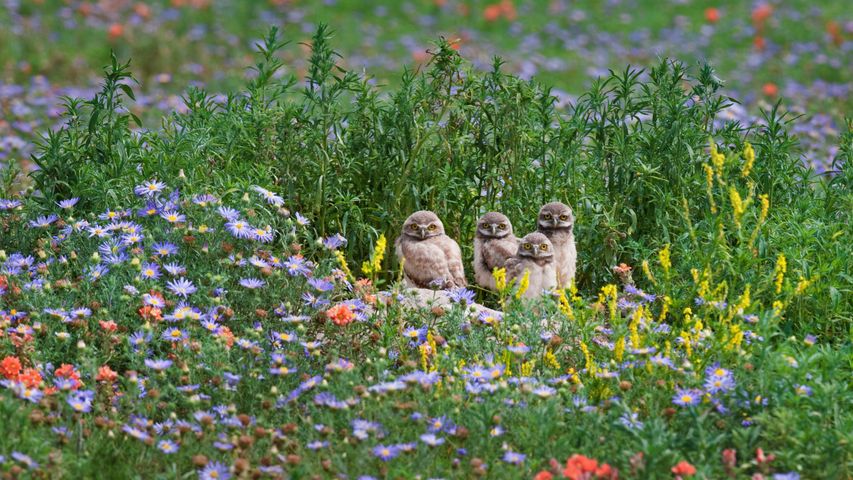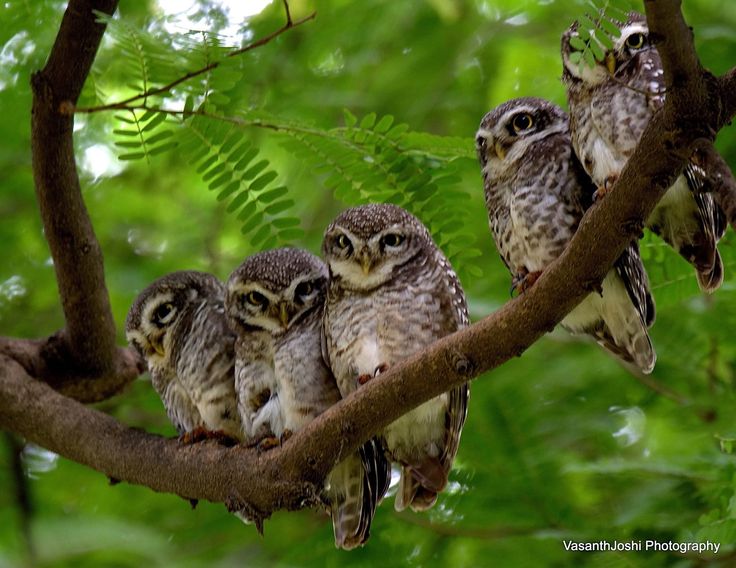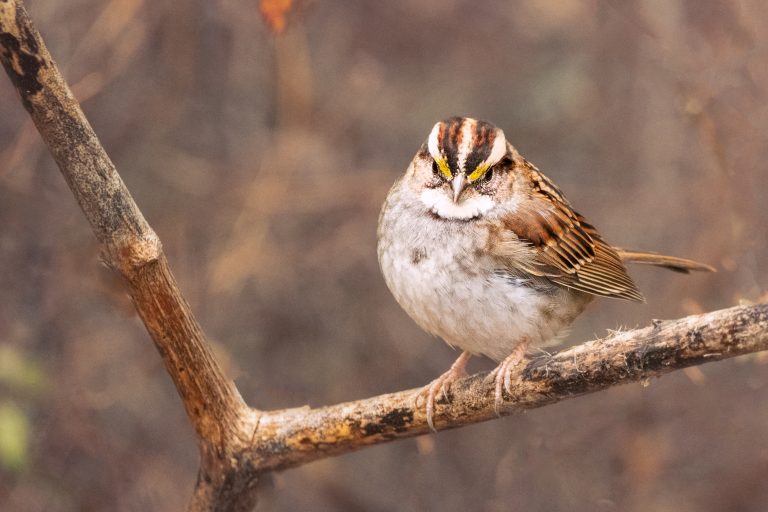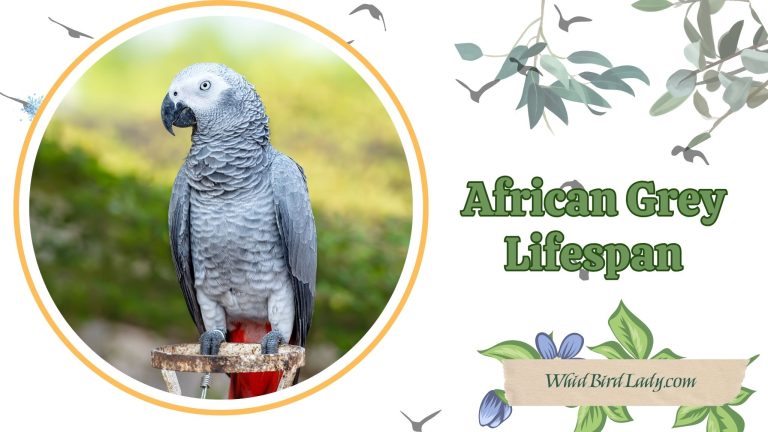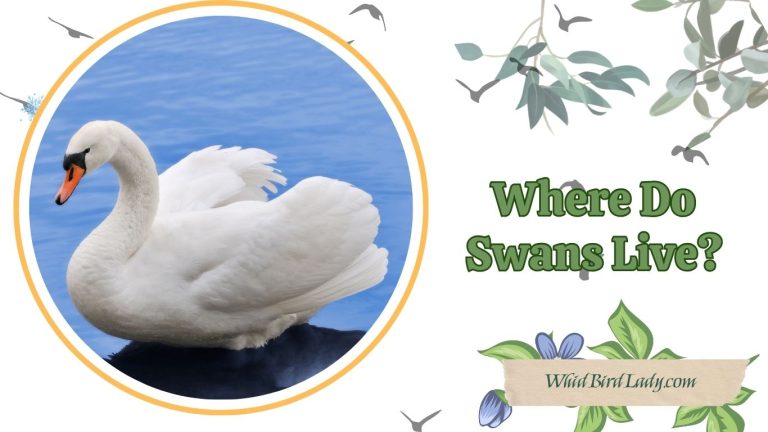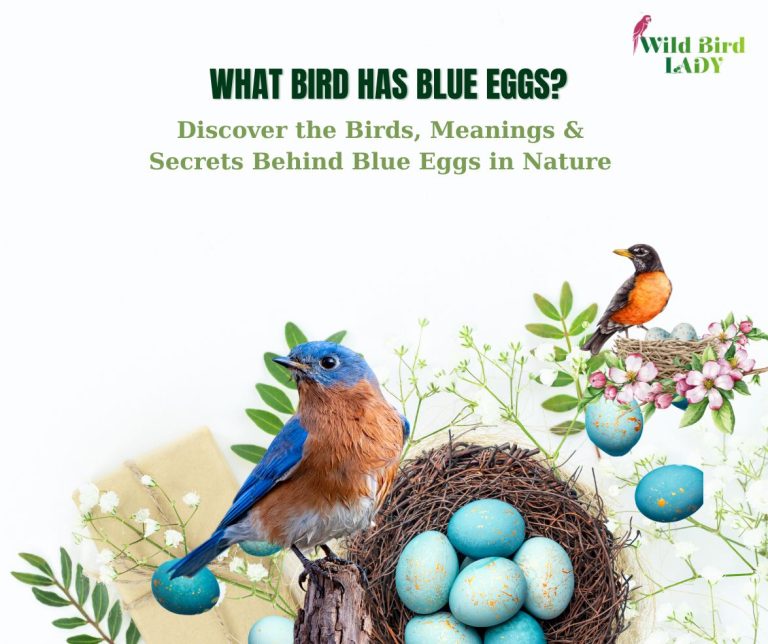Where Do Owls Live? Discover Their Mysterious Homes Around the World
As someone who has spent over 13 years watching birds across continents, few things thrill me more than spotting an owl in the wild. These enigmatic nocturnal raptors are not only masters of stealth but also occupy a surprising variety of habitats—from dense forests to arid deserts, bustling cities to isolated tundras. If you’ve ever wondered, “Where do owls live?”, you’re about to uncover a world more mysterious and diverse than you might imagine.
Let’s journey through the hidden homes of owls across the globe and discover why they continue to captivate birdwatchers and nature lovers alike.
Where Do Owls Live Across Different Habitats?
Owls are found on every continent except Antarctica, and with over 250 different species, they’ve evolved to survive in an impressive range of environments. According to All About Birds, owls exhibit remarkable adaptability, both in terms of where they live and how they hunt.
Key Owl Habitat Types:
- Forests (Deciduous, Coniferous, Tropical Rainforests)
- Grasslands and Prairies
- Deserts
- Tundras
- Urban and Suburban Areas
- Marshlands and Wetlands
- Mountainous Regions
Their ability to adapt makes them incredibly widespread, though some species are highly specialized in their choice of home.
Where Do Owls Live in Forests?
When most people picture an owl, they imagine one perched quietly in the deep woods—and with good reason.
North American Examples:
In my own experience trekking through the forests of Oregon and upstate New York, Barred Owls and Great Horned Owls are common finds. These species prefer dense woodlands with plenty of large trees for roosting and nesting. According to All About Birds, the Barred Owl, for instance, nests in natural tree cavities, especially those near water.
In tropical regions, Spectacled Owls and Mottled Owls reside in dense, humid rainforests. These habitats offer ideal cover and an abundance of prey.
Why Forests Work:
- Abundant food sources (rodents, birds, amphibians)
- Tree cavities for nesting
- Camouflage and concealment from predators
Where Do Owls Live in Grasslands and Open Fields?
Though less common, some owl species have adapted to open terrains.
Owls of the Plains:
One of the most fascinating ground-nesting owls I’ve observed is the Burrowing Owl. These small, long-legged owls prefer grasslands, prairies, and agricultural fields—and instead of nesting in trees, they use abandoned burrows dug by prairie dogs or ground squirrels.
Watching Burrowing Owls pop in and out of their burrows at dusk in South Dakota was one of my most memorable birding experiences.
Other Grassland Residents:
- Short-eared Owls – Prefer open fields and marshy meadows; often active during daylight.
- Barn Owls – Frequently found hunting over fields at night.
Where Do Owls Live in Deserts?
Yes, even deserts—seemingly inhospitable places—host owl species.
Who Lives Here?
- Elf Owl – The smallest owl in the world, this tiny hunter thrives in the Sonoran Desert. It nests in old woodpecker holes in saguaro cacti!
- Great Horned Owls – Surprisingly adaptable, these owls can be found in desert scrub and rocky canyons.
During a spring trip to Arizona’s saguaro-dotted landscapes, I had the joy of spotting an Elf Owl just after sunset, its tiny form barely visible inside a cactus cavity.
Desert owls conserve energy by staying hidden during the day and emerging at night when temperatures drop.
Tundras: The Realm of the Snowy Owl
If there’s one owl that truly stands out for its habitat, it’s the Snowy Owl.
Arctic Majesty
Snowy Owls breed in the Arctic tundra, where they build nests on the ground in open, treeless expanses. During the winter, they migrate south into Canada and the northern United States, sometimes even venturing as far south as the Midwest and New England in irruption years.
Seeing a Snowy Owl for the first time—perched stoically on a snow-covered field in Minnesota—is something I’ll never forget. These birds are not only stunning but also incredibly adapted to extreme cold.
Wetlands and Marshlands: Hunting Grounds for Night Owls
Owls also find homes near wetlands, where frogs, insects, and small mammals are plentiful.
Common Species:
- Barred Owls – Especially those in the Southeast U.S., like in Florida and Georgia, often nest in swamps and cypress groves.
- Short-eared Owls – Also favor wet meadows and marshes.
Wetlands provide:
- Ample food supply
- Dense vegetation for roosting
- Cooler, humid microclimates
Urban Owls: Living Among Us
You might be surprised to learn that owls live not just in remote wildlands, but also in cities and suburbs. These urban survivors adapt to man-made structures and human activity better than expected.
Common Urban Owls:
- Barn Owls – Often found in barns, silos, and church steeples
- Eastern Screech-Owls – Nest in tree cavities, backyard boxes, or even attics
- Great Horned Owls – Roost in city parks, cemeteries, and greenbelts
I’ve encountered Eastern Screech-Owls in suburban Atlanta, quietly nesting in backyard trees. With a bit of patience and a flashlight, you can often spot them at dusk hunting under streetlights where insects—and prey—gather.
Where Do Owls Sleep?
Contrary to popular belief, owls don’t sleep in nests unless they’re raising chicks. Most roost quietly in tree hollows, dense foliage, or tucked against a tree trunk for camouflage. Ground dwellers like Burrowing Owls sleep inside underground burrows.
During daytime, they prefer cool, dark, and sheltered spots to remain hidden from predators and disturbance.
Nesting Sites: Not Just Tree Hollows
While many owls nest in tree cavities, others use:
- Ground nests (Snowy Owls, Burrowing Owls)
- Rocky cliffs or ledges (Eurasian Eagle-Owls)
- Buildings or abandoned structures (Barn Owls)
- Nest boxes provided by humans (Screech-Owls, Barred Owls)
Providing nest boxes is one of the best ways to attract owls to your area. All About Birds even has guidelines for species-specific designs.
Seasonal Shifts and Migration: When and Where Do Owls Move?
Unlike many songbirds or waterfowl, most owl species are non-migratory, meaning they tend to stay in the same general area year-round. However, some species do migrate, either partially or entirely, based on food availability, weather conditions, or breeding needs. Understanding these seasonal movements can help explain why you may suddenly see owls in your area during certain times of the year—even if they’re not usually present.
Snowy Owls: Arctic Travelers with Unpredictable Patterns
One of the most dramatic examples of owl migration is the Snowy Owl (Bubo scandiacus). These stunning white owls breed in the Arctic tundra during the summer but often migrate southward in winter. Their migration distance can vary greatly depending on the availability of prey—primarily lemmings.
In years when lemming populations crash, Snowy Owls may travel as far south as the Midwestern and Northeastern U.S., or even into central states like Missouri and Kansas. These occasional large-scale movements are called irruptions, and they often generate excitement among birdwatchers.
I once saw a Snowy Owl perched on a fence post in an open Indiana field during an irruption year—it was surreal to witness a bird from the Arctic in the American heartland.
Short-eared Owls and Long-eared Owls: Subtle Seasonal Shifts
Both the Short-eared Owl (Asio flammeus) and Long-eared Owl (Asio otus) show partial migration behavior. They often breed in northern grasslands or forested regions, but move slightly south in winter to areas with open fields or marshlands that still support small mammals like voles and mice.
These migrations aren’t always long-distance, but they’re enough to make these owls more visible in southern parts of their range during colder months. In winter, you may see Short-eared Owls flying low over snowy meadows at dawn or dusk, especially in regions like the Mid-Atlantic, Southern Canada, and the Great Lakes.
Northern Saw-whet Owls: The Secretive Migrants
The Northern Saw-whet Owl (Aegolius acadicus) may be one of the most mysterious migrators. Despite being tiny and elusive, these owls migrate in significant numbers—but because they’re nocturnal and quiet, their movement often goes unnoticed.
Each autumn, banding stations across North America report large numbers of Saw-whet Owls on the move, especially through the Appalachians, Midwest, and Great Lakes. These movements seem irregular but are believed to be influenced by prey cycles, particularly rodent populations.
I’ve personally joined fall owl-banding sessions in Pennsylvania where we caught and released dozens of Saw-whets in a single night. Their wide-eyed expressions and silent flight are unforgettable.
Why Do Some Owls Migrate While Others Stay Put?
Migration in owls isn’t driven by temperature alone—it’s mostly about food. Owls that rely on specific prey, like lemmings or voles, may be forced to move if those populations decline. On the other hand, generalist hunters like Great Horned Owls or Barred Owls have more stable year-round territories because they can adapt to a wide range of prey.
Some additional factors influencing owl migration include:
- Photoperiod (length of daylight)
- Breeding season timing
- Competition with other predators
- Extreme weather events (like blizzards or droughts)
What Seasonal Owl Movement Means for Birders
These seasonal shifts offer unique opportunities for birdwatchers. Keep an eye on local birding forums or All About Birds migration forecasts to know when owls are moving through your area. You may just get the chance to spot an owl you’d never expect to see close to home.
Whether it’s a Snowy Owl on a beach, a Saw-whet in a pine grove, or a Short-eared Owl hunting over snowy grasslands, owl migration is a hidden rhythm of nature that rewards the observant.
How Habitat Affects Owl Behavior and Diet
Where an owl lives greatly influences what it eats and how it hunts.
- Forest owls often hunt squirrels, voles, and birds.
- Desert owls rely on insects and reptiles.
- Urban owls may prey on rats, mice, and even pigeons.
- Wetland owls hunt amphibians, crustaceans, and small mammals.
Their silent flight, aided by fringed feathers, allows them to ambush prey undetected—making them the ultimate nocturnal predator.
Why It Matters Where Owls Live: Conservation Tips
As someone who has spent over a decade observing owls in the wild, I’ve witnessed firsthand how quickly their habitats can change—often for the worse. While owls are incredibly adaptable creatures, many species are now under threat due to human activity. From deforestation and urban expansion to pesticide use and climate change, the pressures on owl populations are growing.
It’s heartbreaking to revisit areas where I once heard the haunting call of a Barred Owl, only to find a strip mall or clear-cut land in its place. And this isn’t an isolated case—it’s a pattern occurring all over the world.
Major Threats to Owl Habitats:
- Habitat Destruction: Logging, agriculture, and real estate development continue to wipe out nesting and roosting areas, especially in old-growth forests and wetlands.
- Urbanization: Expanding cities push owls into smaller, fragmented green spaces, reducing their ability to hunt, breed, and raise young.
- Pesticide Use: Rodenticides (rat poison) and insecticides can poison owls indirectly. Owls that eat contaminated prey—like mice or rats—may suffer organ failure or even death.
- Climate Change: Shifting weather patterns affect prey populations and migration patterns, particularly for species like the Snowy Owl and Northern Saw-whet Owl.
According to the Cornell Lab of Ornithology, several owl species are declining across North America due to these threats—most notably the Northern Spotted Owl, which has lost much of its habitat in the Pacific Northwest to logging and competition with the invasive Barred Owl.
How You Can Help Protect Owl Habitats
The good news is: you don’t need to be a scientist or conservationist to make a real difference. Every action, no matter how small, contributes to a broader movement toward protecting these mysterious, vital birds.
1. Preserve and Restore Natural Habitats
If you own land or work with community groups, prioritize planting native trees and preserving forested areas, especially those with mature trees, deadwood, or old cavities for nesting. Support local efforts to restore wetlands or stop illegal deforestation.
2. Avoid Using Rodenticides and Pesticides
Opt for natural pest control methods in your garden or farm. Even so-called “pet-safe” rodenticides can cause secondary poisoning in owls that eat affected rodents. Healthy ecosystems start with clean food chains.
3. Install Owl Nest Boxes
For cavity-nesting species like Barn Owls, Barred Owls, and Eastern Screech-Owls, installing a nest box can provide crucial shelter—especially in areas where natural nesting sites are scarce. Use guidelines from the Cornell Lab NestWatch program to ensure your box is species-appropriate and safe.
I’ve installed several Screech-Owl boxes around my suburban home in Georgia. It’s incredibly rewarding to hear their soft trills at night, knowing I’ve provided a safe place for them to thrive.
4. Support Owl-Focused Organizations
Donate to or volunteer with groups like:
- Owl Research Institute – Conducts field research and education programs across North America.
- The Cornell Lab of Ornithology – Offers citizen science projects like eBird, which helps track owl sightings and population trends.
- International Owl Center – Promotes global owl education and conservation awareness.
Even small monthly donations help fund vital conservation work.
5. Spread Awareness
Share your love for owls with others—whether through social media, local nature clubs, or simply by inviting someone on an evening birdwatching walk. The more people who understand what’s at stake, the greater the collective effort to protect these incredible birds.
A Personal Plea
Owls are not just birds—they’re guardians of the night, symbols of wilderness, and living indicators of ecosystem health. When we protect their homes, we protect biodiversity, clean air, water, and the magic of wildness itself.
Let’s make sure future generations can look up at the treetops—or out into the fields at dusk—and still catch sight of a pair of glowing eyes in the dark.
Fun Facts About Owl Homes
- Owls don’t build nests—they reuse existing cavities or platforms.
- Some species are territorial, using the same nesting area year after year.
- The Elf Owl, despite its desert home, often nests in old woodpecker holes within cacti.
- Barn Owls can nest year-round in warmer climates, often raising multiple broods.
Final Thoughts: The Secret Lives of Owls
So, where do owls live? Everywhere. From the icy Arctic tundra to your backyard oak tree, owls have made homes in almost every corner of the planet. Their success lies in their adaptability, stealth, and evolutionary brilliance.
As a lifelong birder, every owl sighting feels like a secret shared—a glimpse into a world that thrives when the rest of the world sleeps. Whether you’re listening to the haunting hoot of a Great Horned Owl or watching a Burrowing Owl blink in the sun, remember: you’re witnessing one of nature’s most mysterious marvels in its chosen home.
FAQs About Owl Habitats
Q: Can I attract owls to my yard?
A: Yes! Install nest boxes, avoid using pesticides, and maintain native trees or shrubs.
Q: Do owls migrate?
A: Some do—like Snowy Owls—while others stay year-round in their territory.
Q: Where do owls go during the day?
A: They roost in trees, caves, or hidden foliage, resting until nightfall.
Q: What kind of trees do owls prefer?
A: Large deciduous or coniferous trees with cavities or dense branches for concealment.
Q: Do owls live in groups?
A: Most owls are solitary, especially outside of breeding season.

